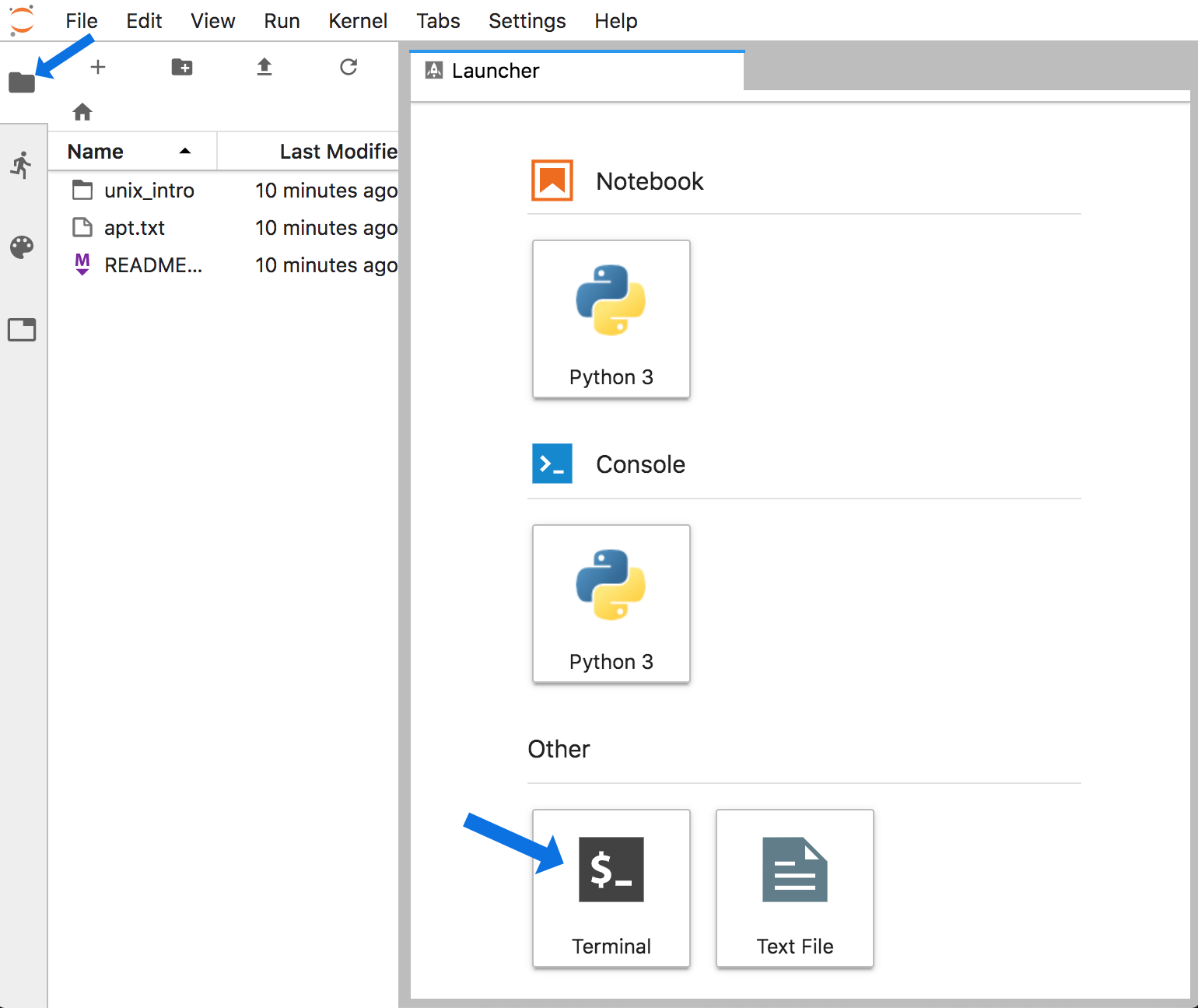
Is replaced by the month as a decimal number (01-12). Is replaced by the minute as a decimal number (00-59). Is replaced by the hour (12-hour clock) as a decimal number (1-12) single digits are preceded by a blank. Is replaced by the hour (24-hour clock) as a decimal number (0-23) single digits are preceded by a blank. Is replaced by the day of the year as a decimal number (001-366). Is replaced by the hour (12-hour clock) as a decimal number (01-12). Is replaced by the hour (24-hour clock) as a decimal number (00-23). Is replaced by the same year as in “%G”, but as a decimal number without century (00-99). This year is the one that contains the greater part of the week (Monday as the first day of the week). Is replaced by a year as a decimal number with century. Is replaced by the day of the month as a decimal number (1-31) single digits are preceded by a blank. The sequences %Ec %EC %Ex %EX %Ey %EY %Od %Oe %OH %OI %Om %OM %OS %Ou %OU %OV %Ow %OW %Oy are supposed to provide alternate representations.Īdditionally %OB implemented to represent alternative months names (used standalone, without day mentioned). Is replaced by the day of the month as a decimal number (01-31). Is replaced by national representation of time and date. Is replaced by (year / 100) as decimal number single digits are preceded by a zero. Is replaced by national representation of the abbreviated month name. Is replaced by national representation of the full month name.

Is replaced by national representation of the abbreviated weekday name. Is replaced by national representation of the full weekday name. The following works on Apple macOS/OS X, FreeBSD and *BSD version of the date command: Table 2 – BSD/date command %FORMAT String Numeric time zone with : to necessary precision (e.g., -04, +05:30)Īlphabetic time zone abbreviation (e.g., EDT)Ī complete list of FORMAT control characters supported by the BSD/date command Locale’s time representation (e.g., 23:13:48) Locale’s date representation (e.g., 12/31/99) Week number of year, with Monday as first day of week (00.53) ISO week number, with Monday as first day of week (01.53) Week number of year, with Sunday as first day of week (00.53) Locale’s equivalent of either AM or PM blank if not known Year of ISO week number (see %V) normally useful only with %V Last two digits of year of ISO week number (see %G) Locale’s date and time (e.g., Thu Mar 3 23:05:25 2005)Ĭentury like %Y, except omit last two digits (e.g., 21)

Locale’s abbreviated month name (e.g., Jan) Locale’s full weekday name (e.g., Sunday) Locale’s abbreviated weekday name (e.g., Sun)

Table 1 – FORMAT controls the output for Linux %FORMAT String It can be the combination of any one of the following: $ file, please wait." # rest of script # tar xcvf /nas42/backup.$ /home/ /etc/ /var A complete list of FORMAT control characters supported by the GNU/date command $" echo "Backing up data to /nas42/backup. To display a variable use the following simple commands to output on screen under Linux and UNIX using the printf command/ echo command: Simply type the following command at the shell prompt to get the current date in MM-DD-YYYY format: Sample outputs: 00-50 How do I save time/date format to the shell variable? To display locale’s 12-hour clock time, enter: Open a terminal and type the following date command: The following examples are tested on GNU/Linux, Apple OS X Unix, and FreeBSD unix operating system. The syntax is as follows for the GNU/date and BSD/date command:Īn operand with a leading plus ( +) sign signals a user-defined format string which specifies the format in which to display the date and time. Linux Syntax To Format Date For Display On Screen


 0 kommentar(er)
0 kommentar(er)
